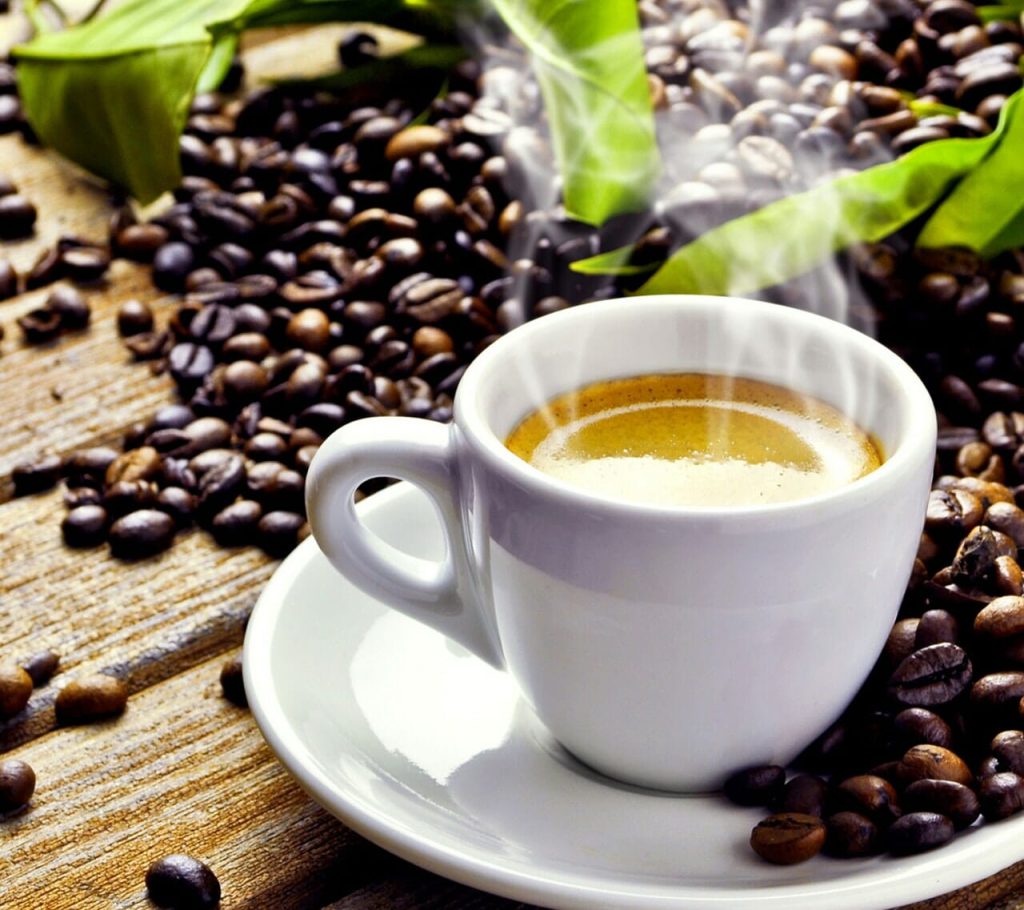


Your eyes open up, your heart beats a little faster and your brain turns on like a light bulb. With the caffeine though, you get to experience an energetic buzz that is quite pleasant (especially in the morning). Brewed coffee can also be more or less caffeinated depending on its preparation and brewing process, including how many spoons of coffee are used, which DeRupo says is "a very personal decision."ĭeRupo suspects that Starbucks had the most consistent level of caffeine across its stores because it may have more intensely trained staff "so variability is reduced as a result.We a kick to our coffee-why else would we drink it? You’re right, maybe the taste is what we love even more!Ĭoffee has great flavor, and can make you feel all warm and fuzzy from your head to your toe. "Coffee is an agricultural product after all and the the level of caffeine from bean to bean no less cup to cup can vary widely because of natural circumstances," he said.Ī single cup of coffee could have higher or lower concentrations of caffeine depending on the tree variety, region, and the climate. "So there's a lot of things going on behind the scenes here."Ĭoffee is a complex product with about 1,000 compounds that occur naturally and through the roasting process, said Joseph DeRupo, a spokesperson for the National Coffee Association. "There is actually a lot of rich chemistry that goes on in coffee and really the caffeine content of a single coffee is going to depend a lot on its preparation - the temperature of the water, the pressure if you're using any sort of fancier system, water quality as well," said Mark, the Labdoor research director. It means lab testing can tell only part of the story.

Caffeine levels can vary between different chains, different cities, and even between different cups at the same store, because of how coffee is made.


 0 kommentar(er)
0 kommentar(er)
